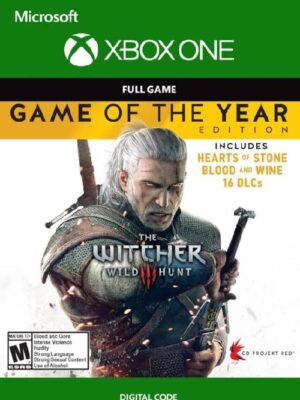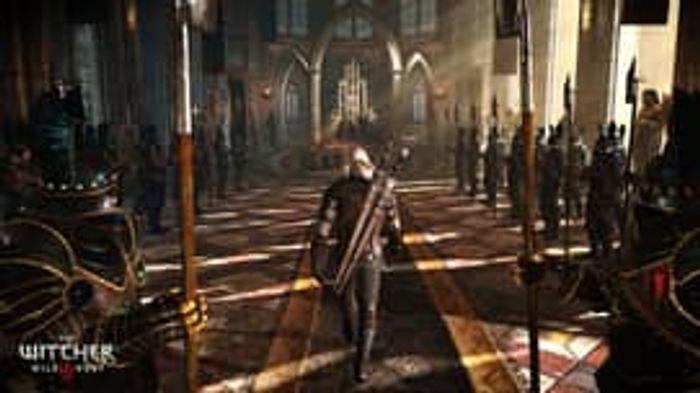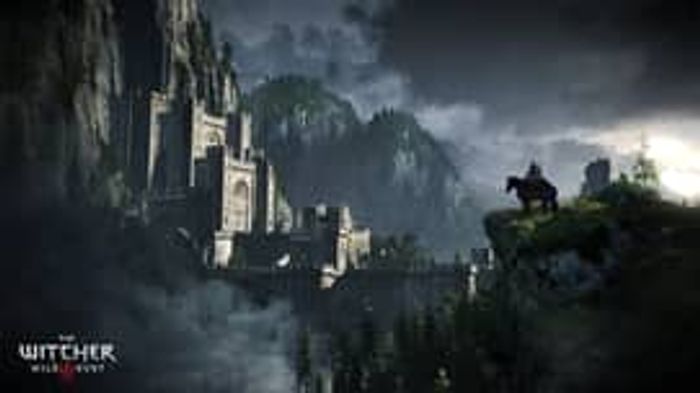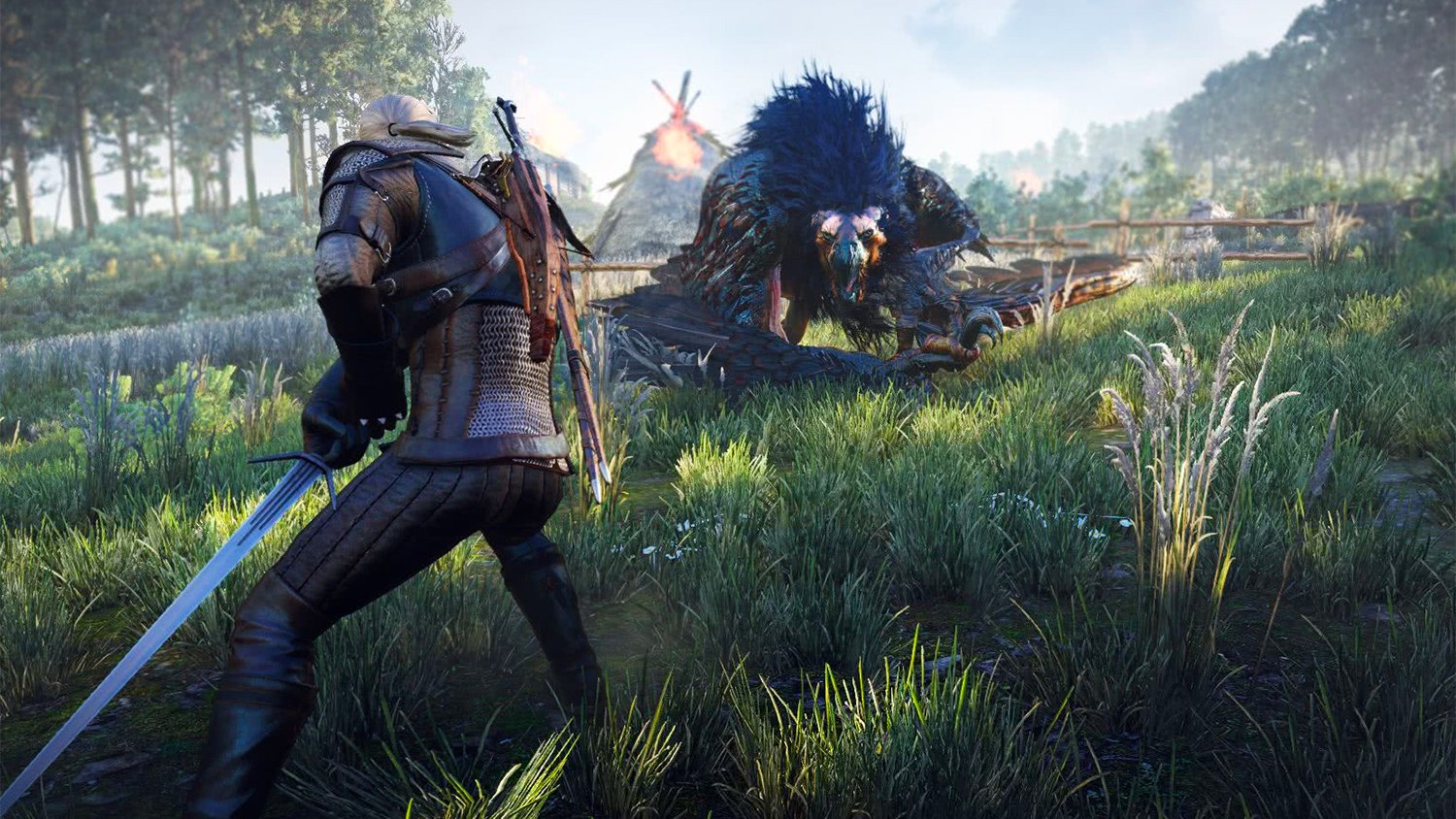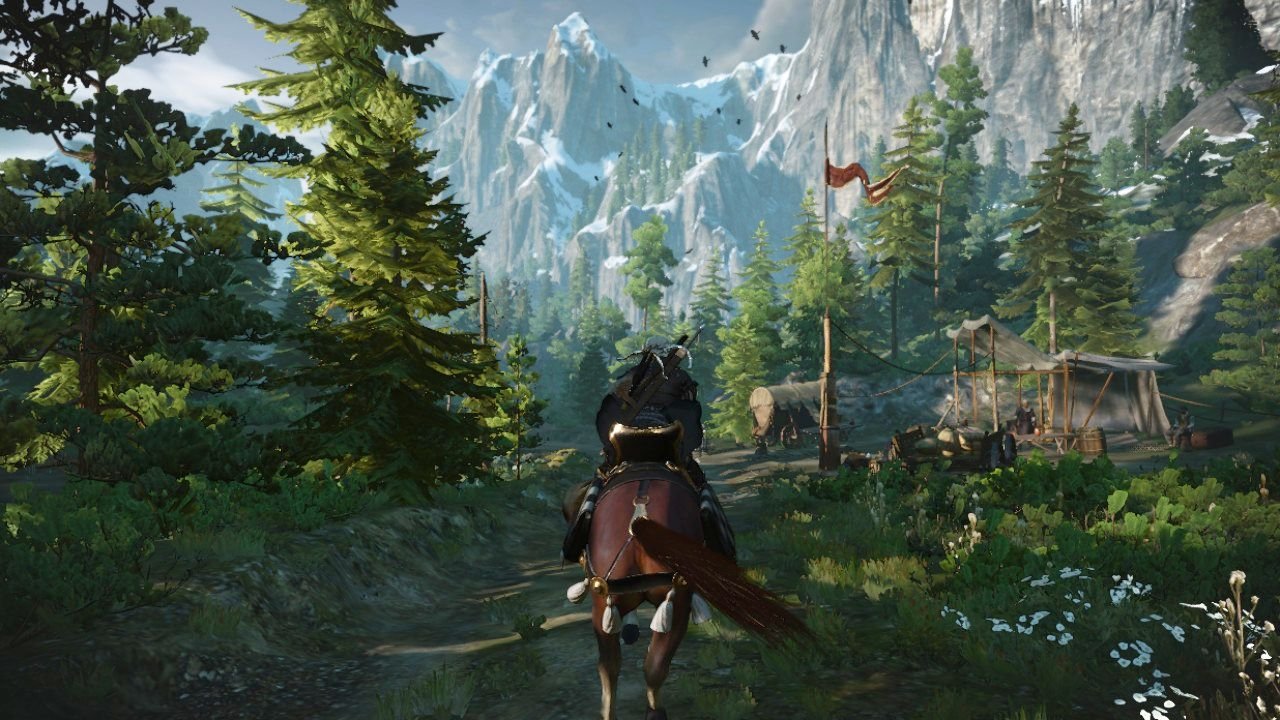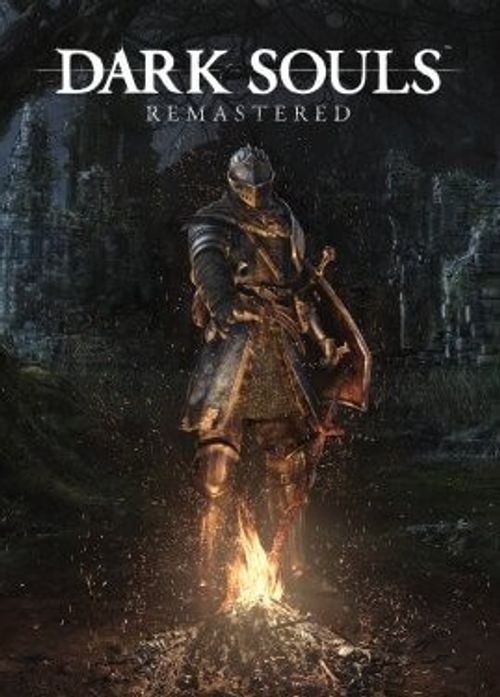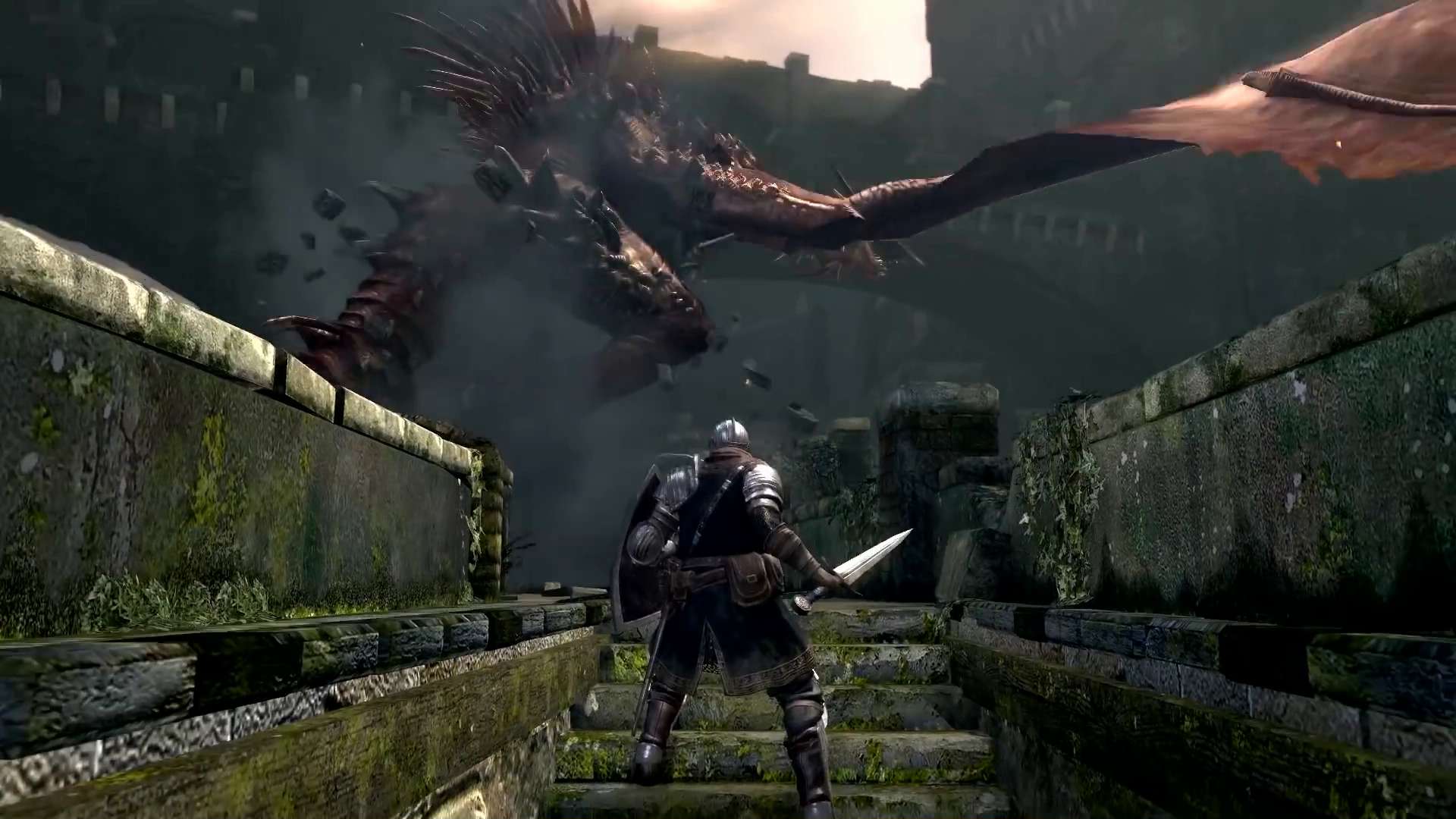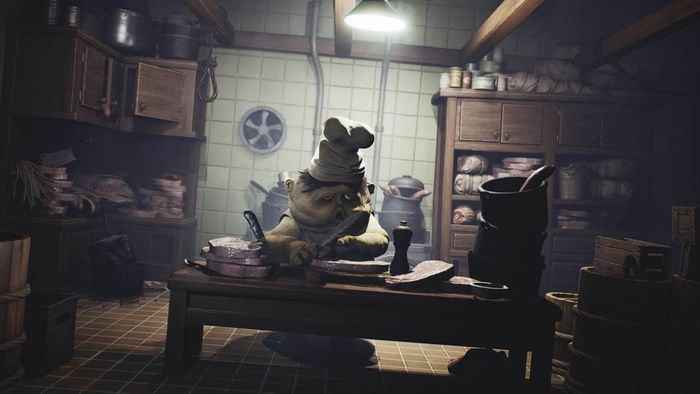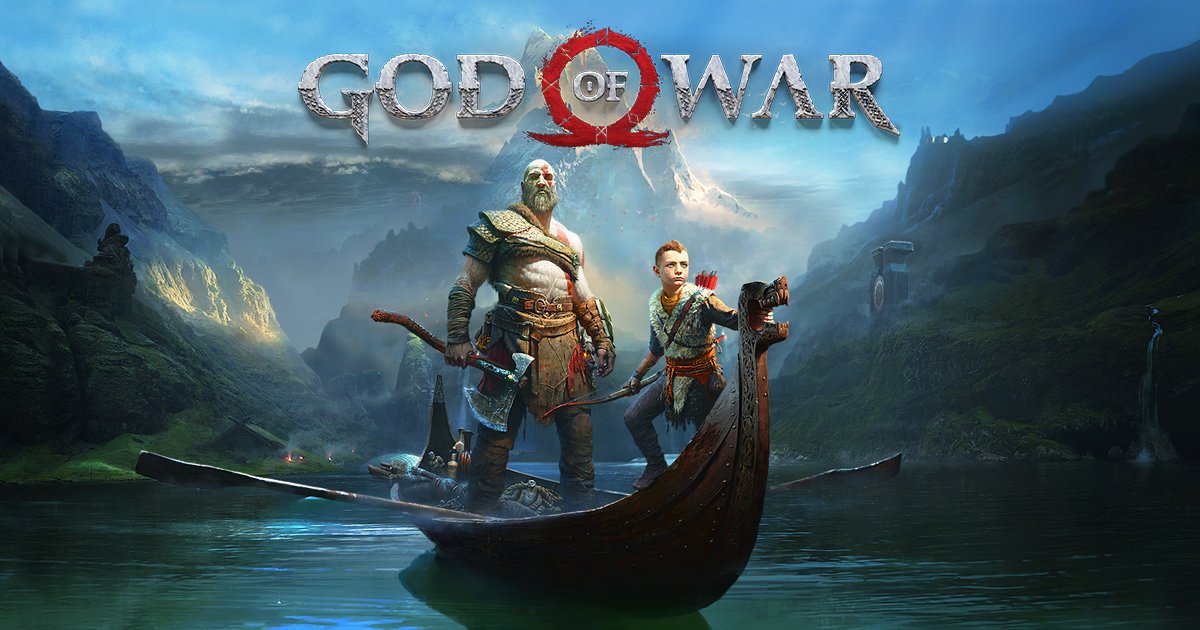For role-playing game fans it’s only once in a blue moon a title comes along that’s so engrossing you’ll willingly surrender not just a little bit of time to play it, but days and weeks of your life. The Witcher 3: Wild Hunt is a prime example; a captivating game that, for our money, is the best RPG since Skyrim.
But, if anything, it’s a little bit more grown-up than that 2011 Bethesda epic. There’s a lot more f-ing and blinding for starters, the occasional c-bomb included. And much more blood. Oh, and let’s not forget the smattering of nudity. Yep, Witcher 3’s adult themes are quickly established from the moment the camera lingers on a bare derrière mere minutes into the game. Yet – and despite that reading like an apparent Hollywood “sex, blood, swearing, – buy, buy, buy!” kind of campaign – it’s not gratuitous, rather more representative of a believable world. Y’know, one where mages and magic are a normality.
The Witcher 3 Wild Hunt – Game of the Year Edition Xbox One (UK)
Orijinal fiyat: $48.99.$11.19Şu andaki fiyat: $11.19. -77%
|
But whether you’re an existing fan, a newcomer, or someone who’s looking to replay the game on Nintendo Switch (that’s why we’re updating this review), the swordplay, magic, monsters and fire gods certainly make for damn good entertainment. So, attention grabbed, nipples acknowledged, we’ve spent dozens of hours delving into The Witcher 3: Wild Hunt’s world, exploring its decision-based storyline, side missions and sprawling landscapes. Here’s why, whether you’re a fantasy fan or not, it’s still a stone cold classic of RPGs.
One giant beast
When it arrived back in 2015 there was no game of the same epic scale as The Witcher 3. Even now, five years later, it’s still a huge world to explore. The open landscape throws you into a world of magic and combat, led by enticing characters and great acting that will keep you hooked. Ok, so Geralt, the witcher you play, might’ve been listening to Christian Bale’s Batman a little too much, but his husky voice becomes part of the game’s charm.
After the main cutscene kicks-off proceedings – in hand-drawn graphic novel style with story narrator, a theme that continues with each loading and progress scene, but that feels distant from the style otherwise used within the game – the story begins with you seeking Ciri, your adopted daughter, who, for reasons unknown at the time, the evil Wild Hunt seek.
It’s from here the basics of combat are learned, in a flashback to Ciri’s childhood. But there’s a whole lot to master, which takes time to then apply effectively in the game. The Witcher 3 is no plodding turn-based role-player: you’ll need to attack in fast-paced, real-time scenarios. It’s not all slash, slash, slash button bashing either; parry, dodge and use of stronger sword attacks in combination deal with different foes. Other sword-bearing folk tend to be easily dispatched, but groups of wraiths, ghouls and the like will demand well-timed rolls and dodges to get around.
To add to the mixing pot there are a variety of magical spells that are essential for tactical attack and defence – particularly when ensconced by a group of enemies
All this has the makings of a deep role-player, but that’s just the tip of the iceberg really. You’ll later learn crafting and alchemy, trading, and how to apply experience points to specific character enhancement trees (earned from quests, resulting in your levelling-up), all of which are essential to the game. Whether you chose the path of warrior, alchemist or magician is down to the choices you make when applying upgrades. Enhancements can also be multiplied with mutagens, sourced from specific enemy kills.
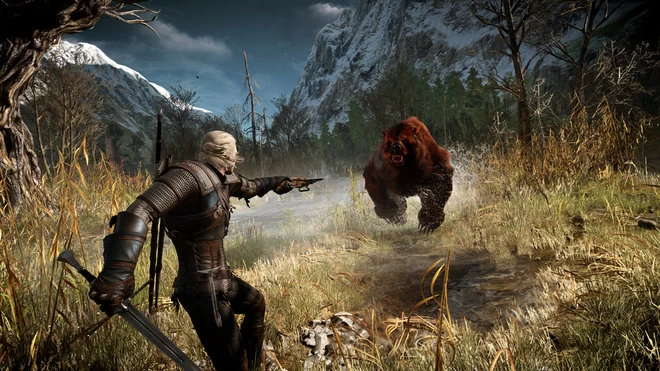
Horsing around
In the first instance the game’s controls feel a little too heavy – something we still think to this day, especially when it comes to horseback riding – but it’s something you’ll get used to. Well, after trying to climb up rather than run around a damn ladder for the fifth time. Controlling Geralt doesn’t feel as smooth as playing, say, Grand Theft Auto 5, nor is there the deftness of Assassin’s Creed when it comes to jumping gaps or climbing. But those are entirely different games, ones we’ve played enough of and enjoyed for what they are.
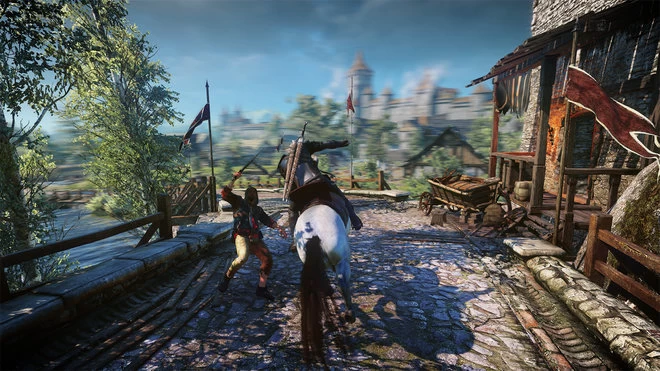
Level-up!
Once you’ve got stuck into the main storyline – and no spoilers here – you’ll quickly encounter multiple quests that show-off the game’s breadth. You can spend excessive time playing cards – “gwent”, a complex card game that we still aren’t hugely interested in, but which since spawned its own separate dedicated game for mobile – or search out that rare herb needed for a potion. Sound too boring? Go explore a waterside and cut the heads and limbs off some drowners and ghouls instead. Or craft some armour.
If the lead missions are getting too tough then you’ll need to hold back your progress, explore some more to gain additional experience points and level-up your abilities. Enemies show a power bar alongside a number, the latter which represents their level. If you’ve achieved, say, level 10 and your foe are at a similar level then you’re in good shape to take them down.
Other similar games
SpiderMan Miles Morales DLC PS5
Dark Souls Remastered PC
The Legend of Zelda – Breath of the Wild Switch (EU)
Things change pace even more when boss characters are encountered. You’ll work your way up to each of them, but some will take a couple of goes to take down. If you get stuck then the bestiary – a glossary of beasts and their weaknesses, found in your inventory – can be helpful, assuming you’ve acquired the relevant foe’s details from a previous quest.
For armour and weapons, however, you’ll need to find the relevant armourer or blacksmith of the right skill to craft. There are portable repair kits, found infrequently, that you’ll want to use only at the essential moments. Swords damage quickly too, so it’s a good job your standard duo – silver for monsters, steel for humans – can be supplemented with as many additions, axes, maces, and so forth, as you want (subject to maximum weight). Looking after weapons can cost you a pretty penny; the primary use of extra ones is to dismantle them and acquire the resulting goods for crafting better items.

